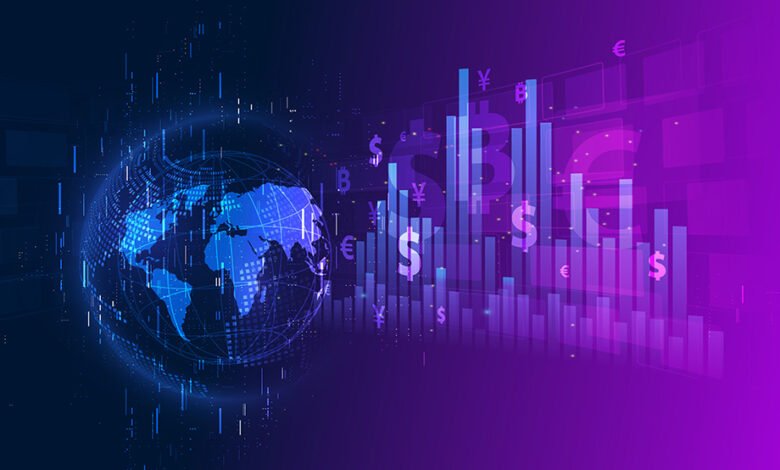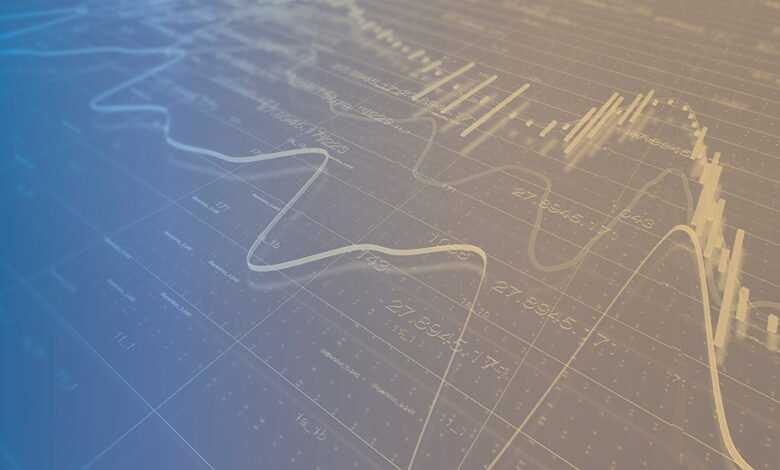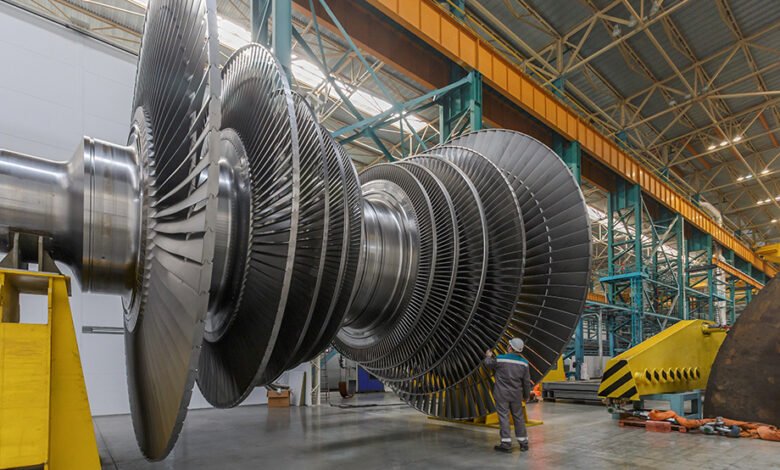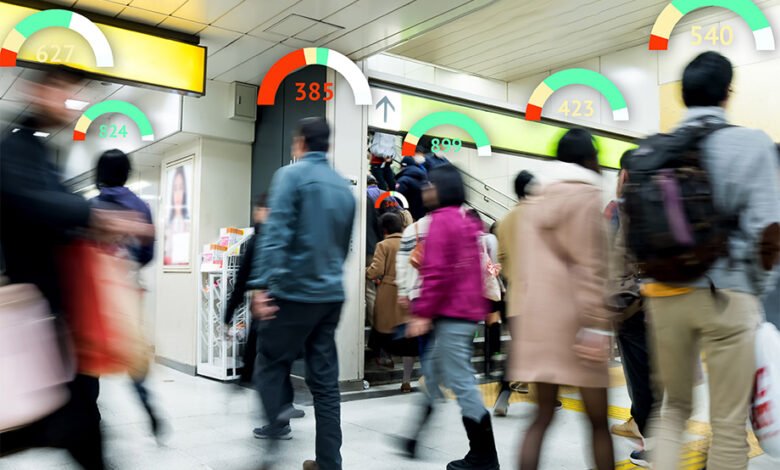ECONOMY
-

New Dataset Maps Losses from Natural Disasters to the County Level
Matteo Crosignani and Martin Hiti The Federal Reserve’s mission and regional structure ask that it always work to better understand local and regional economic activity. This requires gauging the economic impact of localized events, including natural disasters. Despite the economic significance of natural disasters—flowing often from their human toll—there are currently no publicly available data on the damages they cause…
Read More » -

Financial Intermediaries and the Changing Risk Sensitivity of Global Liquidity Flows
Stefan Avdjiev and Linda S. Goldberg Global risk conditions, along with monetary policy in major advanced economies, have historically been major drivers of cross-border capital flows and the global financial cycle. So what happens to these flows when risk sentiment changes? In this post, we examine how the sensitivity to risk of global financial flows changed following the global financial…
Read More » -

Reserves and Where to Find Them
Gara Afonso, Marco Cipriani, JC Martinez, and Matthew Plosser Banks use central bank reserves for a multitude of purposes including making payments, managing intraday liquidity outflows, and meeting regulatory and internal liquidity requirements. Data on aggregate reserves for the U.S. banking system are readily accessible, but information on the holdings of individual banks is confidential. This makes it difficult to…
Read More » -

The New York Fed DSGE Model Forecast—June 2025
Marco Del Negro, Ibrahima Diagne, Pranay Gundam, Donggyu Lee, and Brian Pacula This post presents an update of the economic forecasts generated by the Federal Reserve Bank of New York’s dynamic stochastic general equilibrium (DSGE) model. We describe our forecast and its change since March 2025. To summarize, the model points to a marked weakening in real GDP growth across the…
Read More » -

Are Businesses Absorbing the Tariffs or Passing Them On to Their Customers?
Jaison R. Abel, Richard Deitz, Sebastian Heise, Ben Hyman, and Nick Montalbano U.S. import tariffs increased to historically high rates in recent months, raising the costs of many imported inputs businesses use. Businesses subject to these higher costs have been faced with difficult and complex decisions about whether to absorb the tariffs through lower profits, raise their prices to recover…
Read More » -

How Much Does Immigration Data Explain the Employment-Gap Puzzle?
Richard Audoly and Roshie Xing A puzzling feature of official U.S. employment statistics in recent years has been the increase in the gap between the nonfarm payroll and household employment numbers. This discrepancy is not trivial. From the end of 2021 though the end of 2024, net job gains in the payroll survey were 3.6 million larger than in the…
Read More » -

How Uncertain Is the Estimated Probability of a Future Recession?
Richard Crump and Nikolay Gospodinov Since World War II, the U.S. economy has experienced twelve recessions—one every sixty-four months, on average. Though infrequent, these contractions can cause considerable pain and disruption, with the unemployment rate rising by at least 2.5 percentage points in each of the past four recessions. Given the consequences of an economic downturn, businesses and households are…
Read More » -

Who’s Paying Those Overdraft Fees?
Gabriel Leonard, Donald Morgan, and Wilbert van der Klaauw One criticism of overdraft credit is that the fees seem borne disproportionately by low-income, Black, and Hispanic households. To investigate this concern, we surveyed around 1,000 households about their overdraft activity. Like critics, we find that these groups do tend to overdraft more often. However, when we control for respondents’ credit…
Read More » -

Why Does the U.S. Always Run a Trade Deficit?
Thomas Klitgaard The obvious answer to the question of why the United States runs a trade deficit is that its export sales have not kept up with its demand for imports. A less obvious answer is that the imbalance reflects a macroeconomic phenomenon. Using national accounting, one can show deficits are also due to a persistent shortfall in domestic saving…
Read More » -

Nonbanks and Banks: Alone or Together?
Nicola Cetorelli, Gonzalo Cisternas, and Asani Sarkar Nonbank financial institutions (NBFIs) constitute a variety of entities—fintech companies, mutual funds, hedge funds, insurance companies, private debt providers, special purpose vehicles, among others—that have become important providers of financial intermediation services worldwide. But what is the essence of nonbank financial intermediation? Does it have any inherent advantages, and how does it interact…
Read More »
